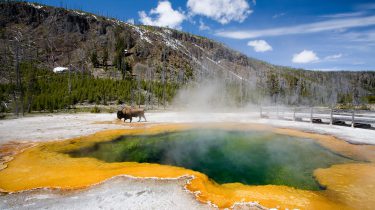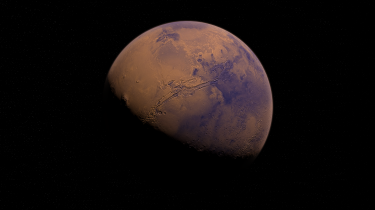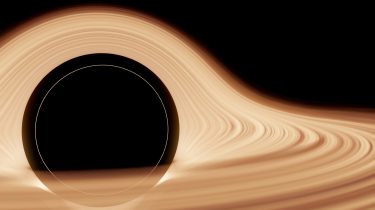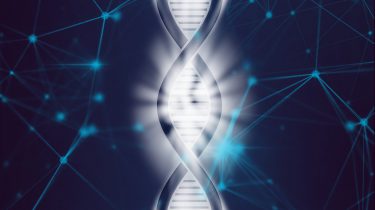Reedify Science and Space with Graham Lau
Graham Lau, Research Investigator with Blue Marble Space Institute of Science, joins Builder Nation’s Podcast host Elisa Muñoz to share his thoughts on space exploration and its potential benefits to humanity: “There’s so much that we get from space. It’s not just the investment that we get in business and the return financially. There’s so much that we get from material science, biological science, medicine and technology as well.” Graham Lau, PhD What is Builder Nation? A community of engineering […]
Read more









